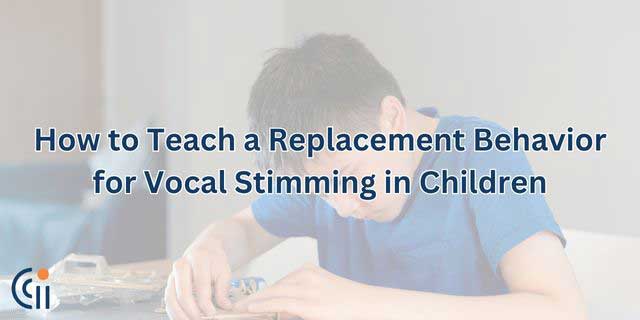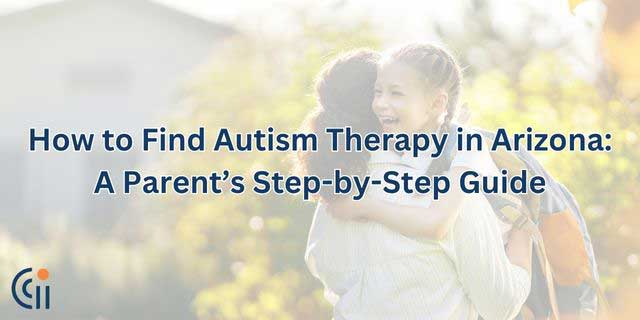If you have a child with nonverbal autism, you understand the importance of helping them learn to communicate. While communication may not come easily for those with autism, various strategies and therapies can help your child learn how to articulate their thoughts and feelings. Let’s take a look at some of the most effective ways to help your nonverbal child with autism learn to communicate.
Different Ways to Help Your Nonverbal Child With Autism Learn to Communicate
Sign Language
A great way to communicate with children who are nonverbal is through sign language. Sign language helps bridge the gap between speaking and understanding by providing an alternate form of communication. There are many resources available online to help parents teach their children sign language, including videos and tutorials. By teaching your child sign language, you’re giving them the tools they need to express themselves in a new way.
Picture Exchange Communication System (PECS)
Another way to help your nonverbal child with autism learn how to communicate is through the Picture Exchange Communication System (PECS). PECS is an evidence-based approach that uses visuals instead of words or signs to communicate. Pictures can be exchanged between two people to convey messages or requests without using verbal cues. For example, if your child wants something from the kitchen, they can point at a picture of the item they want and hand it over, which will initiate a conversation about what they want without having them say anything out loud. This system can also be used for more complex conversations, such as discussing emotions or expressing needs.
Augmentative and Alternative Communication (AAC) Devices
Another helpful tool for helping nonverbal children with autism learn how to communicate is Augmentative and Alternative Communication (AAC) devices, which can range from simple picture boards all the way up to complex computer systems that allow users to type out messages or questions on a screen. AAC devices provide an easy-to-use interface that allows children who are unable or unwilling to speak verbally an opportunity to express themselves in other ways, such as selecting images on a screen or pressing buttons that correspond with words or phrases they’d like spoken aloud by another person nearby. AAC devices come in all shapes and sizes, so it’s important that parents work closely with therapists in order to find the right device for their individual situation.
Helping your nonverbal autistic child learn how to communicate can be challenging, but it is possible! By utilizing sign language, picture exchange communication system (PECS), and augmentative and alternative communication (AAC) devices. All of these are evidence-based approaches; you can allow your child to express themselves without relying solely on verbal cues. It will take time, patience, and dedication, but it will be worth it when you see your little one finally able to start communicating effectively!
About Circle City ABA
Circle City ABA understands that caring for children with autism also means caring about their families – so we provide full-family education and support from day one. You’re an active and involved part of the process. That means we’re here to walk you through what we’re doing and why we share in your child’s wins together. We’re always available to answer questions, discuss concerns, or workshop solutions to problems together. Learn more by contacting Circle City ABA today.
Related Posts to Helping Your Child Learn


